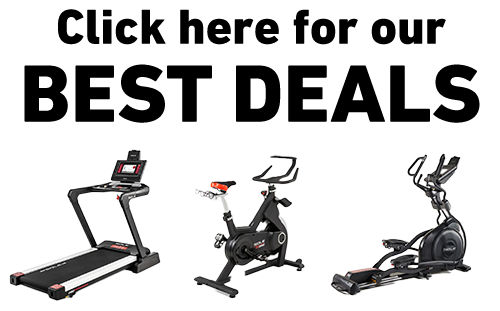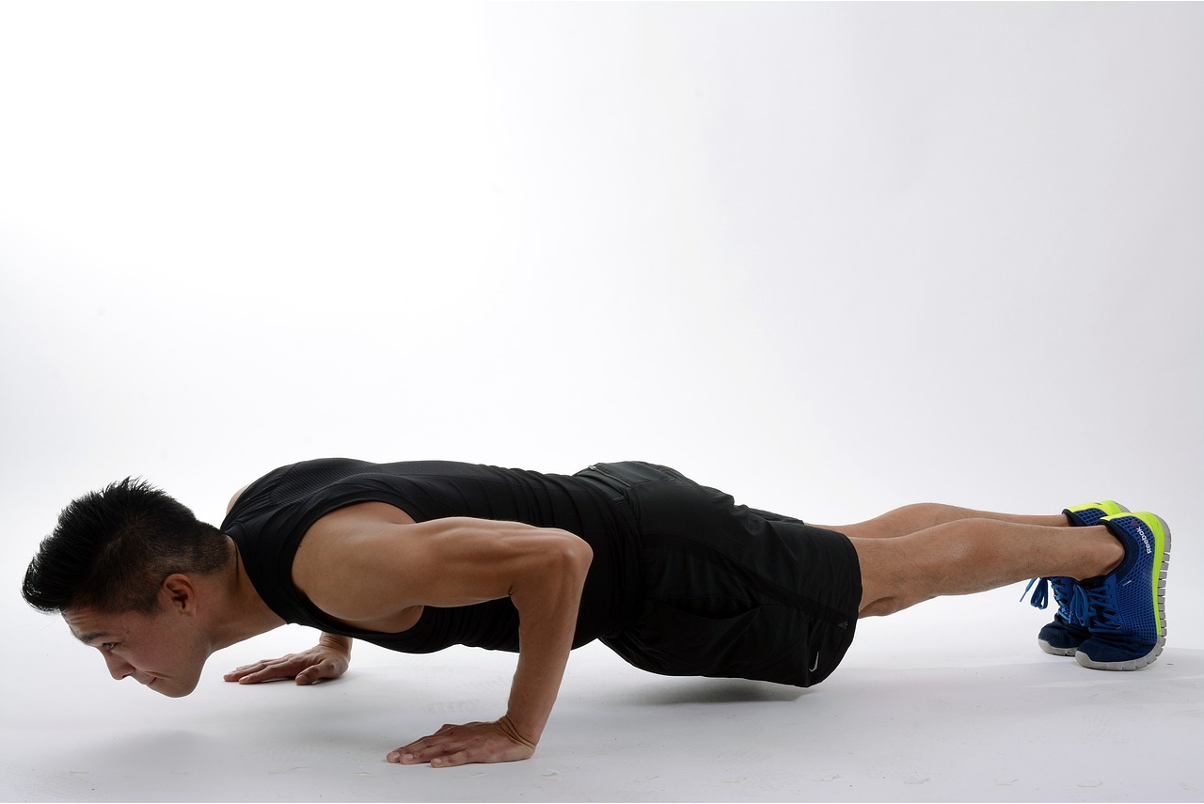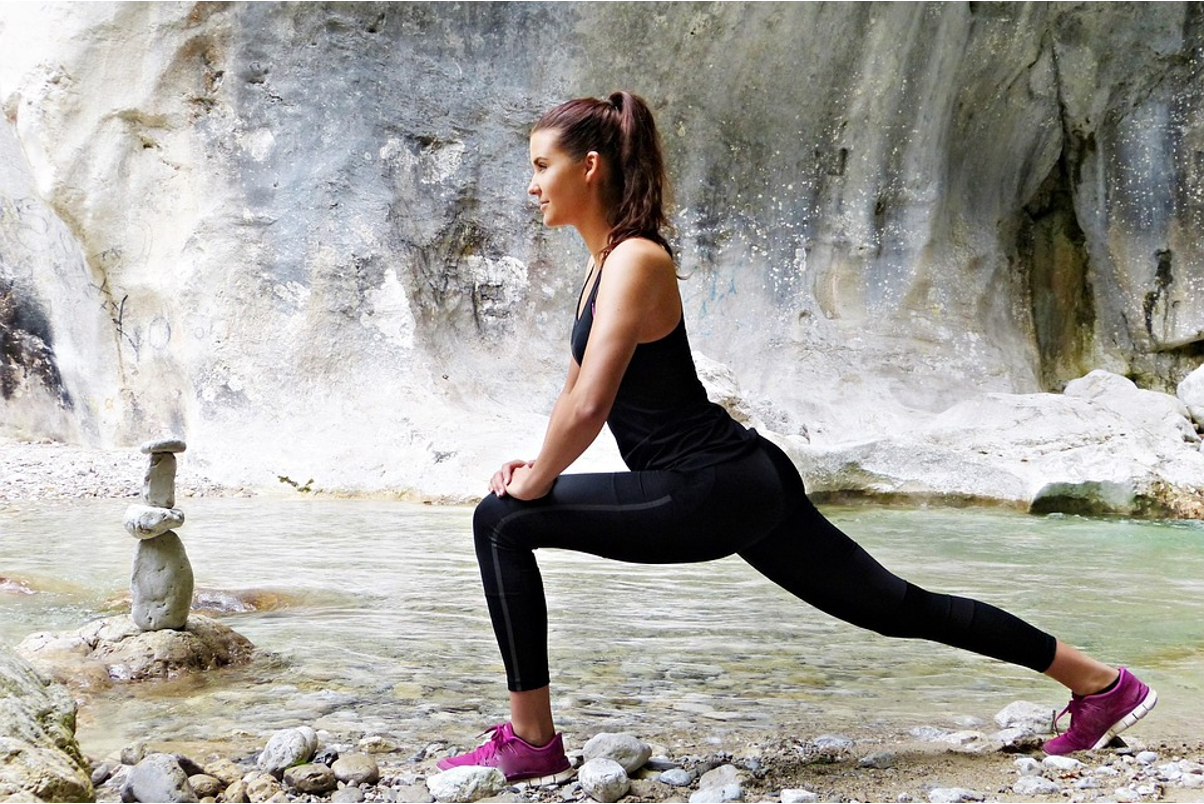Key Takeaways
- Plyometric training builds explosive power and improves athletic performance, even for beginners, when done with proper form.
- Starting with low-impact exercises like frog hops allows beginners to safely develop the foundation for more advanced plyometrics.
- Proper landing mechanics are crucial for preventing injuries when performing plyometric exercises.
- Beginners should start with just 1–2 plyometric sessions per week, allowing 48 hours of recovery between workouts.
- SOLE's Equipment Mat provides the essential cushioned surface needed for safe plyometric training while protecting floors and reducing impact stress on joints.
What Makes Plyometric Training So Powerful (And Why Beginners Often Avoid It)
Plyometric exercises work by utilizing what exercise scientists call the stretch-shortening cycle, a natural elastic mechanism in your muscles and tendons that stores energy during the stretching phase (like when you crouch down before jumping) and releases it explosively during the contraction.
This is why properly executed plyometrics can help you jump higher and move faster than traditional strength training alone.
Many beginners shy away from plyometrics, believing they're too advanced or risky. While caution is smart, avoiding explosive training altogether means missing out on developing a crucial fitness component.
The truth is that when introduced gradually with proper form, plyometrics are safe for beginners and actually help reduce injury risk in everyday activities by improving movement mechanics and body control.
The benefits extend far beyond just athletic performance. Regular plyometric training increases bone density, improves coordination, and burns significant calories due to its high-intensity nature.
For beginners especially, these exercises develop neuromuscular pathways that enhance overall movement efficiency; essentially teaching your nervous system to recruit muscles more effectively.
The Science Behind The Explosive Power
Plyometric training capitalizes on elastic energy and the body's stretch reflex. When a muscle lengthens quickly (eccentric phase) and then immediately shortens (concentric phase), it produces more force than a concentric contraction alone.
This physiological phenomenon explains why you can jump higher when you quickly bend your knees first versus trying to jump from a static squatting position.
Common Fears That Hold Beginners Back
Many beginners also worry about joint health, particularly in the knees and ankles. This is a legitimate concern, but properly executed plyometrics actually strengthen the supportive structures around these joints.
Learn proper landing mechanics first, absorbing force gradually through the balls of your feet, knees tracking in line with your toes, and maintaining a slight bend in your landing.
|
Premium Home Gym Equipment with Award-Winning Quality! Complete Your Home Gym:
Why Choose SOLE: ✓ Commercial-grade quality for home use 30-Day Money-Back Guarantee: Love it or return it, no questions asked. |
Exercise #1: Frog Hops

Frog hops provide an ideal introduction to plyometric training with their low-impact horizontal movement pattern that develops power while teaching essential landing mechanics.
Frog hops are the ideal gateway into plyometric training for beginners. This low-impact exercise mimics the natural jumping pattern of a frog while developing lower body power, coordination, and teaching proper landing mechanics.
Unlike higher intensity plyometrics, frog hops keep your center of gravity low, reducing impact forces while still developing explosive strength in your quadriceps, hamstrings, and glutes.
Step-by-Step Form Guide
Begin in a deep squat position with feet slightly wider than shoulder-width apart, toes pointed slightly outward.
Place your hands on the floor between your legs, mimicking a frog's stance. Your weight should be balanced between the balls of your feet and heels, not shifted forward onto your toes. Keep your chest up and shoulders back despite the deep position; this maintains a neutral spine.
From this position, explosively push through your feet while simultaneously swinging your arms forward to propel your body forward, landing with your feet outside your hands.
You’ll want to land softly in the same deep squat position, immediately ready for the next repetition. Your first few hops should focus on smooth form rather than distance; aim for 3–4 feet per hop initially.
For beginners, start with 2–3 sets of just 5 repetitions, focusing entirely on quality of movement rather than quantity. Rest 60–90 seconds between sets to ensure you maintain proper form and explosive power throughout.
Common Mistakes to Avoid
The most frequent error with beginners attempting frog hops is rushing through repetitions without fully extending the hips during the explosive phase.
Power comes from complete hip extension; you should feel your glutes engage at the peak of each hop. Another common mistake is excessive forward lean, which places strain on the lower back.
Many beginners also struggle with landing mechanics, slapping their feet down rather than absorbing force gradually. Focus on landing softly on the balls of your feet first, then allowing your heels to contact the ground as you sink back into the squat position.
Exercise #2: Broad Jumps

Broad jumps develop horizontal power essential for acceleration while teaching coordinated force transfer through the entire kinetic chain with measurable progress tracking.
Broad jumps represent the perfect second step in your plyometric journey, building on the foundation established with frog hops.
This classic movement develops powerful hip extension and teaches how to effectively transfer force through your entire kinetic chain.
Proper Technique for Maximum Distance
Start with feet hip-width apart, arms at your sides. Initiate the movement by hinging at the hips and bending the knees to lower into a quarter-squat position while simultaneously swinging your arms backward.
Without pausing, explosively extend your hips, knees, and ankles while swinging your arms forward and upward to propel your body forward as far as possible.
The timing of this arm swing is crucial; they should reach forward at exactly the same moment your lower body fully extends.
Landing Mechanics That Protect Your Knees
Land softly with feet approximately hip-width apart, allowing your knees to bend to absorb the impact while keeping your chest up. Your knees should track in line with your toes, never collapsing inward.
Aim to land with your feet flat rather than on your toes or heels, distributing impact forces evenly. The landing should be relatively quiet; if you're making a loud thud, you're not absorbing force properly.
Tracking Your Progress
One advantage of broad jumps is the ease of measuring improvement. Use a measuring tape or simply mark your starting and landing positions.
Record your best distance each week, aiming for small, consistent improvements rather than dramatic increases that might compromise form. Most beginners can expect to add 2–4 inches to their broad jump distance every two weeks when training consistently.
Exercise #3: Squat Tuck Jumps

Squat tuck jumps add vertical challenge and coordination demands that prepare beginners for advanced plyometrics while developing exceptional lower body power and mid-air body control.
Squat tuck jumps represent the perfect third progression in your plyometric journey, adding a vertical component that builds upon the skills developed in frog hops and broad jumps.
This movement develops exceptional lower body power while introducing greater coordination challenges that prepare you for more advanced plyometrics down the road.
Form Breakdown for Beginners
Begin standing with feet shoulder-width apart, arms at your sides. Quickly sink into a quarter squat position while swinging your arms back.
Without pausing, explosively drive through the balls of your feet, extending your hips, knees, and ankles while simultaneously swinging your arms upward to propel your body vertically.
At the peak of the jump, tuck your knees toward your chest, aiming to bring your thighs parallel to the ground.
The landing phase is crucial for safety and effectiveness. Extend your legs slightly before landing, touching the ground with the balls of your feet first, then allowing your heels to contact as you sink into a quarter squat position to absorb impact forces. Keep your chest up and core engaged throughout the landing to maintain proper spinal alignment.
Modifications for Different Fitness Levels
If full squat tuck jumps feel too challenging initially, start with a simple squat jump without the knee tuck component. Focus on achieving maximum height through complete triple extension (ankles, knees, hips) and soft, controlled landings.
Once comfortable with basic vertical jumps, gradually introduce a slight knee lift, progressively working toward the full tuck position over several sessions.
Another effective modification is the "mini tuck jump," where you perform the same movement pattern but with reduced height and a less aggressive knee tuck. This version allows you to practice the coordination aspects while reducing impact forces.
Create the Perfect Plyometric Training Environment with SOLE

SOLE's Equipment Mat provides the essential foundation for safe plyometric training by offering superior cushioning, stability, and floor protection.
Plyometric training demands a proper surface that protects your joints while providing stability for explosive movements. SOLE's Equipment Mat transforms any space into a professional training environment with superior cushioning that reduces impact stress during landing phases, which is crucial for beginners learning proper mechanics.
The generous 36.5" x 78" surface provides ample room for all three recommended exercises: frog hops, broad jumps, and squat tuck jumps. The non-slip backing prevents dangerous mat movement during explosive movements, while the easy-clean material maintains its grip properties even during intense sweat sessions.
You can pair it with the SOLE treadmill for cardiovascular conditioning between plyometric sessions, and the SW180 adjustable dumbbells for strength training that complements explosive power development. The free SOLE+ App includes HIIT programs that incorporate plyometric principles with structured progression.
Ready to develop explosive power safely? Get the SOLE Equipment Mat today!
Frequently Asked Questions (FAQs)
How often should beginners do plyometric exercises?
For beginners, 1–2 plyometric sessions per week provides the optimal balance between stimulus and recovery. Your nervous system and connective tissues need more recovery time than your muscles, especially when first adapting to explosive movements. Always allow at least 48 hours between plyometric sessions to ensure complete recovery and reduce injury risk.
Can I do plyometrics if I have joint issues?
If you have pre-existing joint concerns, consult with a healthcare provider before beginning plyometric training. Many people with mild joint issues can safely perform modified plyometrics by starting with low-impact variations like frog hops, focusing on proper landing mechanics, and using forgiving surfaces.
Do I need special shoes for plyometric training?
While specialized training shoes can be beneficial for plyometrics due to their lateral stability and moderate cushioning, they're not essential for beginners. Any athletic shoe with good lateral support, a stable base, and moderate (not excessive) cushioning will work fine for starter plyometric exercises. Avoid running shoes with highly elevated heels or maximum cushioning as they create instability during landings.
How soon will I notice improvements from plyometric training?
The initial adaptations from plyometric training occur primarily in your nervous system, which responds remarkably quickly. Most beginners notice improved coordination and movement quality within just 2–3 sessions. Measurable performance improvements typically appear within 3–4 weeks of consistent training, with many beginners seeing a 5–10% improvement in jump distance or height in this timeframe. By 6–8 weeks, you can expect significant improvements in explosive power that transfer to other activities.
How does SOLE's Equipment Mat enhance plyometric training safety?
SOLE's Equipment Mat is essential for safe plyometric training, providing superior cushioning that reduces impact stress on joints during landing phases. The 36.5" x 78" surface gives you plenty of space for frog hops, broad jumps, and squat tuck jumps while protecting your floors from damage. The non-slip backing prevents mat movement during explosive exercises, crucial for safety during rapid direction changes.







Leave a comment
This site is protected by hCaptcha and the hCaptcha Privacy Policy and Terms of Service apply.